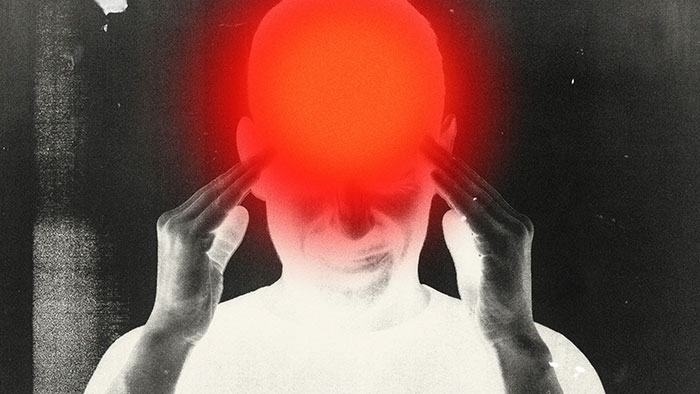Imagine someone who is suffering from migraine: If film or television depictions wield any influence here, then you’re seeing a woman squeezing her temples and frowning. Her eyes are locked shut.
That representation is narrow enough to perturb researchers in headache medicine. Advances in migraine research have proven that the condition—and the ways it can present in people—are far more complex and varied than the treatment it gets on screen.
As the true nature of migraine becomes more clear to doctors, its pop culture counterpart feels further and further off the mark. (Along those lines, the medical community refers to the condition as migraine, rather than “a migraine,” because it’s a whole condition rather than a single experience. You wouldn’t say “a diabetes.”)
“I think there’s actually a lot of misunderstanding of what migraine is, even within the medical community,” says Dr. Niushen Zhang, chief of the headache division at Stanford University’s Department of Neurology. “We think of it as sort of an invisible disease.”
As a consequence, it often eludes diagnosis, despite being the most common cause of disability in people under the age of 50. Of the 36 million people in America who experience migraine, only around 12 percent are properly diagnosed.
So, what is migraine?
“Basically, it’s a recurrent headache,” says Dr. Teshamae Monteith, a fellow at the American Academy of Neurology. When it appears, migraine persists for between four and 72 hours, sometimes concentrated on one side of the head. Other symptoms often come along: nausea, vomiting, and sensitivity to light or movement. Fatigue, irritability, stiff neck and an aura—a sensory disturbance such as zigzagging lines across vision or tingling hands—can signal coming migraine. Not to mention, a series of comorbidities commonly accompany migraine, like anxiety, depression or even gastrointestinal disorders.



